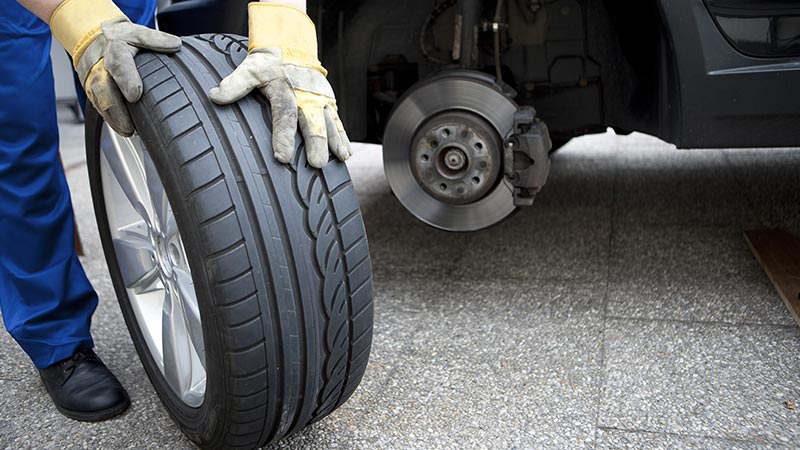
Can Tyre Blowouts
Imagine you’re traveling down the interstate when all of a sudden you hear a pop and lose control of your vehicle. That sounds terrifying! You might have just had a tyre blowout. Have you heard of tyre blowouts on the road and do you know the real reason behind the scene? For most motorists, it is either poor or fast driving, and surprisingly none of these is the real reason.
So, what is a tyres Lincoln blowout precisely, and how does it happen? We’ll look at how tyre blowouts happen, how to prevent them, and how to fix them if they do.
A tyre blowout occurs when there is an abrupt reduction of tyre pressure to the point that the tyre’s structure is unable to maintain its integrity, resulting in the tyre’s destruction. When you drive over a pothole, a sharp object, or anything else that can pierce the tyre and cause it to lose pressure quickly, can lead to a tyre blowout.
Blowouts are often interpreted as tyre deflation, but these two are two different tyre conditions. A gradual puncture or cracks in the tyre compound can cause a deflated tyre over time, as can a slow puncture or cracks in the tyre compound. The sudden decrease of tyre pressure is known as a blowout.
Tyre blowouts can somewhat depend on the quality of the rubber used while manufacturing tyres. So you must focus on the quality of the rubber of your tyres. With technology getting better, the material used for manufacturing tyres is also getting better and contributing to a safer driving experience.
So when do motorists experience tyre blowouts, because of the quick loss of pressure and control, if a driver encounters a tyre blowout, the chances of losing control of the vehicle, especially at highway speeds, are substantial?
Can you prevent tyre blowouts?
First of all, you must own an inappropriate tyre, if you do so, you can take different measures to avoid tyre blowouts. It can be very convenient, but with inappropriate tyre types, it will be extremely difficult to avoid tyre separation or blowouts.
The major role of technology in preventing tyre blowouts is manufacturing puncture-proof tyres. Owning a pair of run-flat tyres can help you prevent difficult situations, even if your tyre gets punctured at some point, a run-flat tyre can compensate for the need for repair. It will allow you to travel some extra miles with punctures and you can safely reach the garage to get it repaired.
An inflating tube has always been encased in a tougher rubber composition in tyres. The tyre was unable to keep intact once the inner tube was deflated. The tougher your tyres are, the higher the pressure pushed into them. Since air must be stored within the tyre, this has always been the approach.
Keep an eye on your tyre pressure by monitoring them every time you fill up your gas tank or suspect a low-pressure situation. A deflated tyre may be seen because it appears to be collapsing beneath the weight of the automobile in some circumstances. But it’s better to be careful and have them tested frequently.
Make sure your Summer Tyres Lincoln tread and wear are the same. The weaving and grooves in your tyre that hold and transfer water away from the point of contact are known as tyre treads. Your tyre tread wear will be irregular if your wheel balance is off.
Worn suspension bushes can have an impact on wheel alignment, which can be detrimental to the health of your tyres. It is advised to always pay attention to suspension bushes, and have them checked regularly for wear.
What to do if you experience a blowout?
- Maintain a calm demeanor and keep both hands on the steering wheel.
- Turn on your warning lights to alert other motorists.
- Slowly and firmly engage your brakes to bring your car to a stop.
- When you’ve come to a complete stop, make sure you put your car in park or pull up the handbrake.
- Place the hazard triangle behind the car, which is situated inside the boot.
- Make a call to the appropriate emergency services or an insurance agent.







